|
It's taken me an embarrassingly long time to get this sorted and added to the Photography section of my website, but a photo album for my India trip in January of this year is now online. To view, click here or alternatively on the Indian Courser below ...
0 Comments
I spent a relaxing Easter weekend back in Lincolnshire, where the glorious weather meant it was very much a period to be outdoors. After a procession of chilly north-easterlies for much of the first half of the month, the weekend felt positively sweltering and much more like June than mid-April. Despite the wall-to-wall sunshine the birding transpired to be excellent, with migration hotting up on both the passerine and non-passerine front. An indicator of how things were to be came instantly on arrival back at Baston & Langtoft Pits mid-afternoon on Good Friday, where Will Bowell had seven immaculate Little Gulls waiting for me on the Wader Pit as I set up my 'scope. It's been another great April for the species, thanks largely to the prevailing winds, and they are never to be sniffed at. The following morning I was out early for the first of two sessions at BLGP. While nothing exceptional was recorded, I was pleased with a total of 80 species (eBird list here). A group of five Northern Wheatears in excellent habitat that I'd never previously seen the species in was the highlight. In fact, I ended up spending well over an hour crawling around trying to photograph them, getting soaked by the morning dew in the process. Otherwise, it was just nice to see and hear common summer migrants; a male Peregrine and a female Goldeneye were probably the other stand-out birds. Mid-morning produced a message from Vin Fleming about a male Whinchat on Thurlby Fen, so I headed round there and quickly found the bird favouring a sparse hedgerow north of the small reserve. It was a bit nervous, as they often are, but eventually I managed to sneak within range by crawling about 15 metres along the edge of a ditch. What a bird. I spent the afternoon checking various pasture fields, paddocks and meadows for Ring Ouzels, but alas couldn't find any. However, the Cattle Egret was noted at Deeping Lakes and, later on, a Tree Pipit heard several times and seen in flight at Bainton Gravel Pits was a really nice Peterborough record (I think only the second I've ever had locally). A surprise to say the least. Also in this wider area was an even more uplifting sign: two singing Turtle Doves, the first I've seen for a few years now. I decided to sit and watch them, purring away to each other, with a pang of sadness thinking about how much commoner these were even in the early 2000s, when I got keen on birding. I used to have double figures singing at BLGP but they've all gone from there now; the last failed to return in the early 2010s. On Sunday morning I hit BLGP again and it was immediately apparent how warbler numbers had increased overnight. Among these I was thrilled to come across a reeling Grasshopper Warbler, which I think is my first at the site since about 2004/5. It was sitting out in full view at first, but as soon as I got out the car and crossed the road it clocked me and became much more elusive (though continued to sing). Again, another species I don't see enough of these days living in London and it was great to spend half an hour appreciating it. Quite surprisingly, the quintet of Northern Wheatears was again present and it seemed rude not to point the camera at them for at least a bit of time in the morning sun. After a fairly relaxed day I headed out looking for ouzels again late afternoon. I decided to go and check some paddocks on Woodcroft Road, north of Marholm, which I'd always thought looked good for ouzels, redstarts and other migrants. The first had about 20 Fieldfares and a single Redwing in, the second nothing and the third looked bare too ... until a harsh chak chak resonated from the horse chestnut to my right and a male Ring Ouzel flew across the gateway in front of me. It was the most pumped I'd felt about finding anything for quite a while, even if 'just' an ouzel, but it was a satisfying result given the effort put in over the previous couple of days – and because it was a spot I've always felt should produce the species, even if it never had done previously. As it transpired there were two male ouzels together in the paddocks there and, to put the icing on the cake, both went on to perform very well indeed over the next hour – in fact giving me my best ever views (and photos) of the species in Britain. A highlight of the spring, for sure. After a couple of early starts I had planned to have a lie in on Easter Monday, but I awoke shortly after 06:00 to see a message from Hugh Wright about a breeding-plumaged Red-necked Grebe at Deeping Lakes. It was a bird too good to miss out on, so I went down to join Mike and Will and enjoyed nice (if distant) views of the pristine grebe in beautiful light as the sun came up. A bonus came around 07:00, when a Spotted Redshank did a couple of laps of East Pit, dropped down for 10 seconds and then flew off west again. After breakfast with my mother, I popped down to BLGP for the last time before heading back to London. I could see a few energetic-looking terns over Wader Pit with my naked eye and a look through the bins confirmed my suspicions that they were Black Terns. In total six were present and, as I watched them hawking over the water, Little Gulls suddenly began to appear around them. Numbers of the latter continued to build to 21 by the time I left, easily the highest number I've seen here. Watching two of my favourite species hawking in the warm April sunshine was the perfect way to round off a terrific Easter weekend.
Ask any inland patch birder what their favourite month is and the majority will say April. Growing up watching gravel pits in south Lincolnshire, I always felt that the period from 25 March through to around 15 May was most productive, with the best weeks undeniably coming in the latter half of April and the first days of May. Thus the arrival of April (and my acquisition of a new bike) was bound to stir my birding juices and finally, on Sunday, I visited Walthamstow Wetlands for the first time, despite having lived within a couple of miles of the site for the best part of a year. While there wasn't exactly much happening, aside the drake Greater Scaup performing well on No.4 Res, I was impressed by the site, both for its size and diversity of habitats. And actually, it wasn't that busy away from the central path, which is most used by the general public (although no doubt the dreary conditions had an impact on that). I was sold, and vowed to return the following morning. Unfortunately the weather was awful when I woke on Monday; in fact, the heavy rain showers persisted until 10:00, when it eventually brightened enough to sneak out. I can bike to the wetlands in around 10 minutes and arrived on the east bank at Lockwood Reservoir a short while before 10:30. I quite like the vantage point you have from the east side of Lockwood; plus it's the biggest expanse of water at the Wetlands and thus must look the most attractive to any overflying migrants. It 'felt' like a good day to be out. Low cloud, occasional rumbles of thunder, odd outbreaks of rain and a mugginess to the air. The first indications of passage came at 10:35, when nine Common Terns spent 10 minutes restlessly pacing up and down the reservoir before continuing off to the north. Not long after this, seven Yellow Wagtails moved through (the first of four groups totalling 15 birds) and the first Meadow Pipits also went overhead. I'm not sure if it's normal here in murky conditions, but the birds seemed to be following the east side of Lockwood northwards and thus my position on the bank actually proved quite a decent 'vis-migging' spot. Hirundines moved through in small groups past me and the biggest flock of Meadow Pipits overhead was 24. The sight of David Bradshaw making his way towards me was seemingly the catalyst for a memorable few hours of birding. Not long after he'd joined me, he got a call to say that at least a couple of Little Gulls had arrived on West Warwick, so he decided to head down there to see them. A couple of minutes after he left me, I noticed four waders flying north up Lockwood: two each of Dunlin and Ringed Plover. Unfortunately they didn't stick, but while we tried to relocate them at the north end, I looked back south to see that two Little Gulls had dropped in – an adult and a second-summer. Very smart, and exactly the result I been hoping for on such a day. At around 13:00 the gulls went off high to the north, so I decided to cycle down to the south section of the reserve. The male Northern Wheatear was still present at the north end of East Warwick Reservoir and three Yellow Wagtails flew overhead as David and I convened with Eugene Dillon-Hooper. All three dropped onto the reservoir bank and so we set about enjoying them (all those I'd seen earlier were fly-bys). Much to my surprise, one of them transpired to be a pristine male Blue-headed Wagtail. The day was getting better! The slow meander towards West Warwick recommenced, but David and I only managed about 50 metres when the local gulls went berserk. A quick glance upwards produced the almost predictable – though nonetheless hugely welcome and satisfying – shape of an Osprey hurriedly tracking north-west at remarkably low altitude, being battered by the LBBGs and HGs. We picked it up late but I managed to rummage for my camera and fire off a few shots which, on subsequent viewing, revealed the bird to be ringed ('PW' on the right leg)! Presumably a Scottish bird, but awaiting details. The excitement continued when we eventually reached West Warwick, where we were expecting a handful of Little Gulls at best after reports that many had circled up high and departed – but in fact there were no fewer than 25! It was great to sit on the bank and watch them avidly feeding, sitting on the water and even calling to each other – not a sound you hear in Britain often. Hirundines were present in good numbers and a Little Ringed Plover flew over, concluding a truly fine day. I've been told that it's all downhill from here. Well, it'll probably be a while before it's this good again, but as long as the conditions are decent, you're always in the game.
I had a bit of a shock on Saturday afternoon when a female Bufflehead flew through my scope as I scanned the wader pit at my old patch of Baston & Langtoft Pits. It was a surprise, of that there is no doubt – but the excitement never really built, primarily because it took all of about three seconds to remember the long-staying and wide-ranging escaped female that has toured sites between West Yorkshire and Somerset since it first appeared in summer 2017. At first the bird was preening its left side and repeatedly holding its (unringed) left leg out the water ... but a text from Northants birding guru Mike Alibone confirmed that I should be paying attention to the other side, as the recent escapee that he'd seen in Northants back in 2017 bore a metal ring on its right leg (more here). The bird started to feed and, on the first dive with the right leg facing in my direction, I was sure I noticed something pale and ring-like – disappointing, but hardly surprising. However, it proved difficult to see subsequently and, on reviewing images of the bird in flight later that afternoon, I couldn't see an obvious ring ... suddenly there appeared to be a glimmer of hope that somehow, just somehow, this was all a massive coincidence and the Baston bird might be wild after all. One thing not in its favour were the white upperwing coverts, which identified it as an adult female. Had it been a second-calendar-year, I might well have been able to start believing that my luck was in. On returning to the pits with Will Bowell that evening, we managed to see the bird well in flight and several photos clearly depict the metal ring on the hanging right leg as the bird took off from the water. Balls. So, there you have it. A wary Bufflehead, for a single afternoon, at a seemingly perfect time of year for a vagrant (lots of wildfowl on the move at the moment) ... but wearing a ring, which confirmed it as a bird present in the Midlands for the best part of two years. Oh well.
Other, 'real' birds over the weekend were in relatively short supply, although an adult Mediterranean Gull, a brief Black-tailed Godwit on Sunday afternoon, my first Sand Martins, Swallows and Little Ringed Plovers plus the resident pair of Ravens were all pleasant enough. A few northbound parties of Whooper Swans were also seen, including a group of 15 over my mum's house shortly after sunrise on Monday morning, which was a garden tick. |
This pageThe musings of a wildlife enthusiast, usually armed with his camera. Archives
May 2024
|
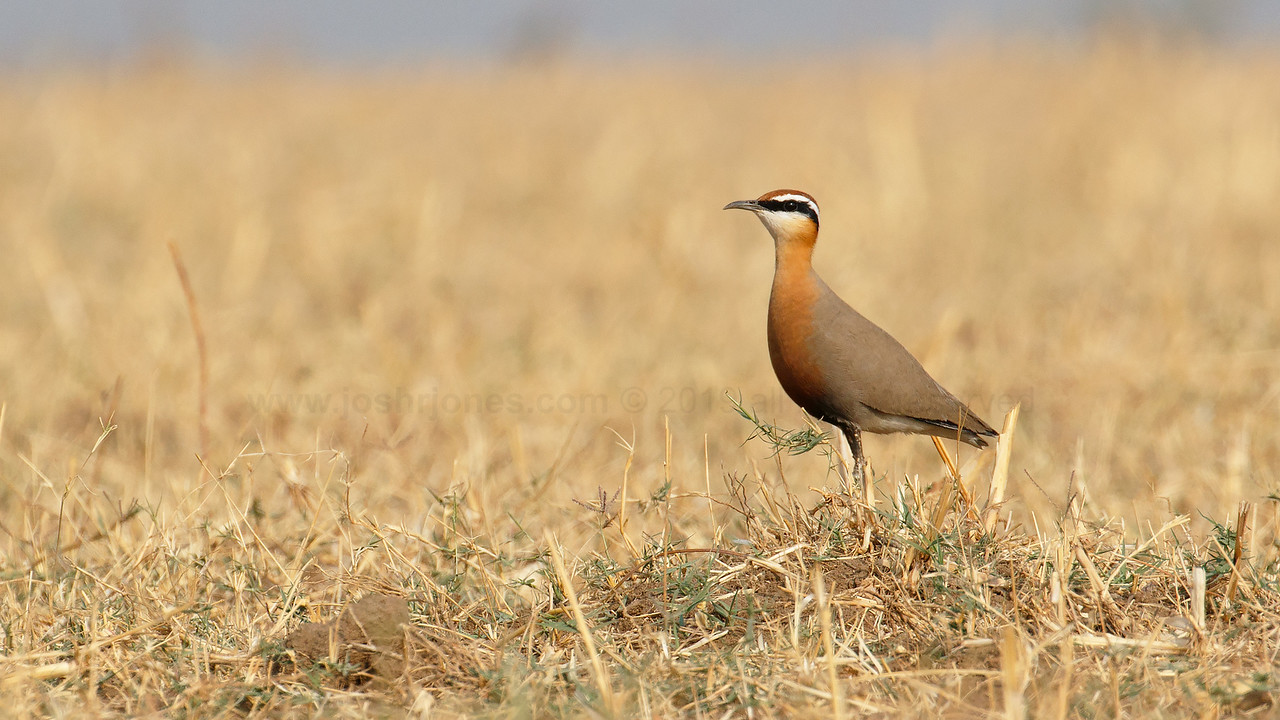
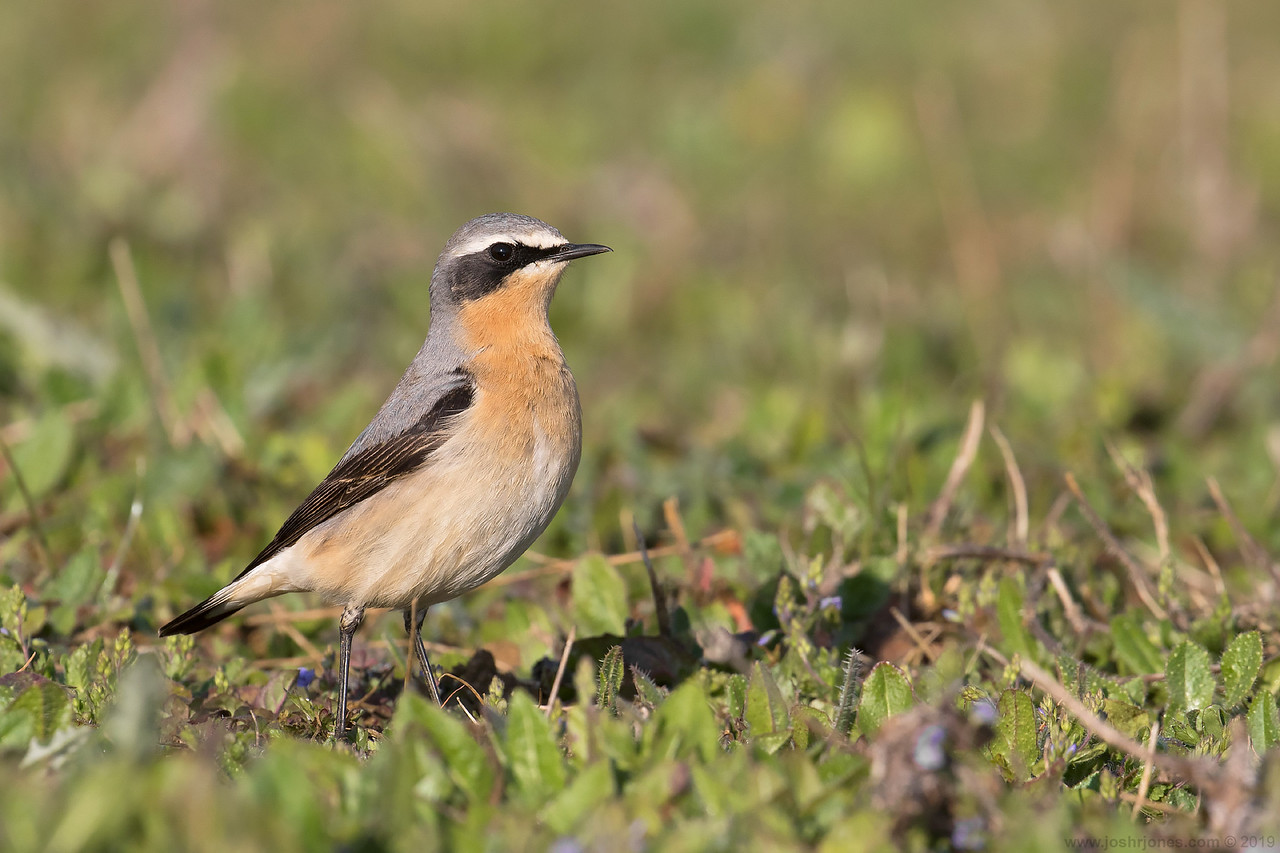
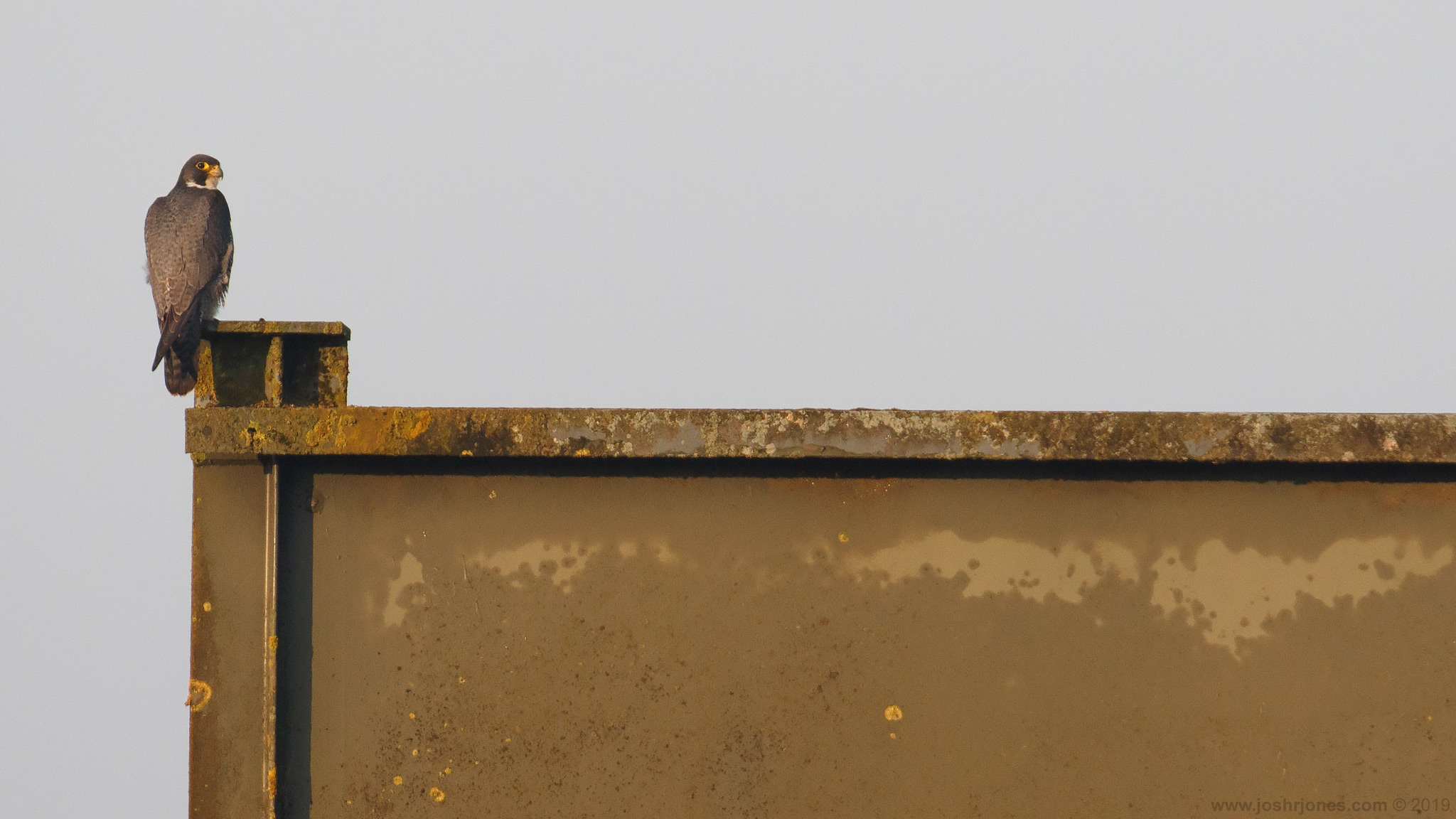
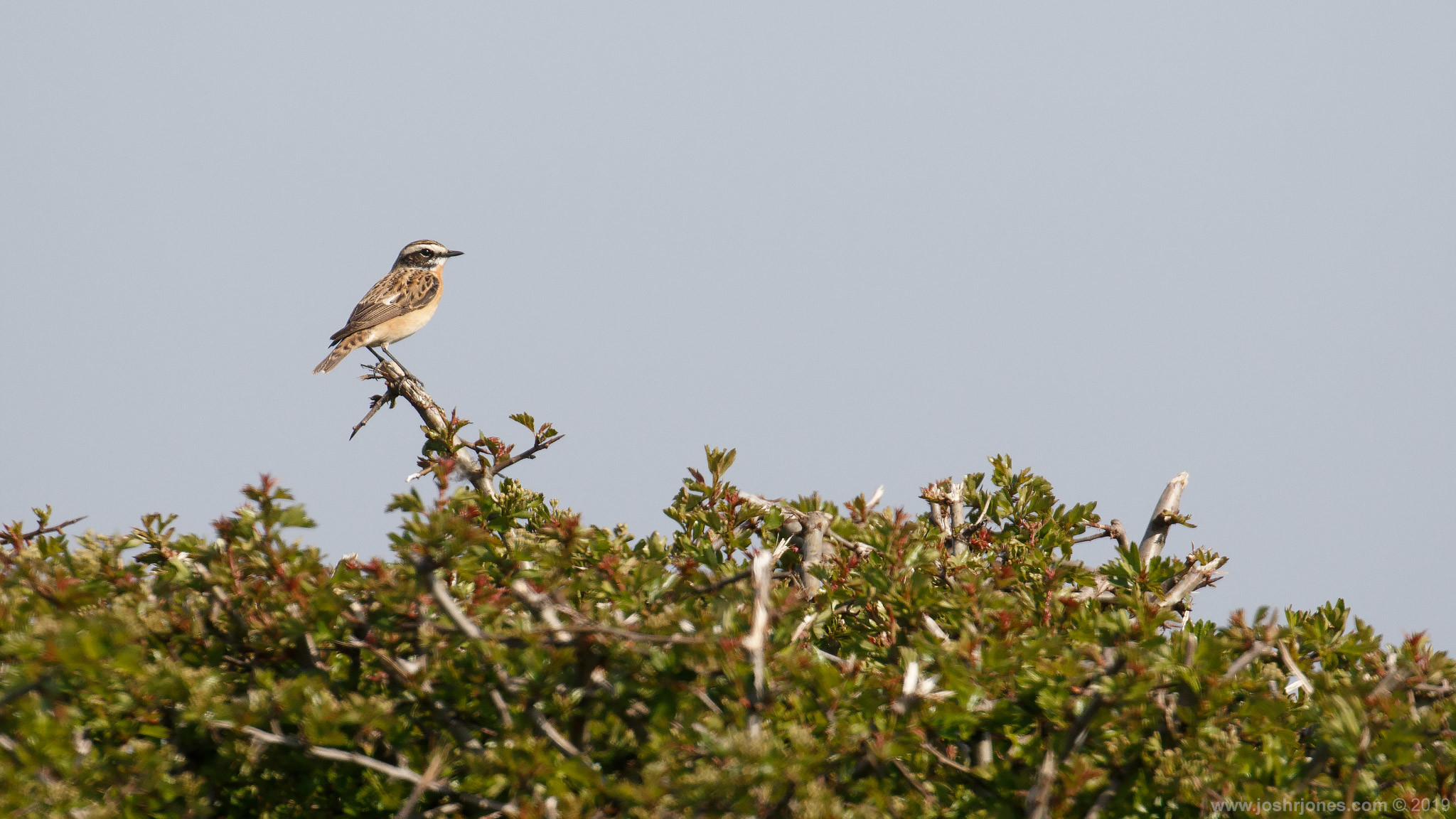
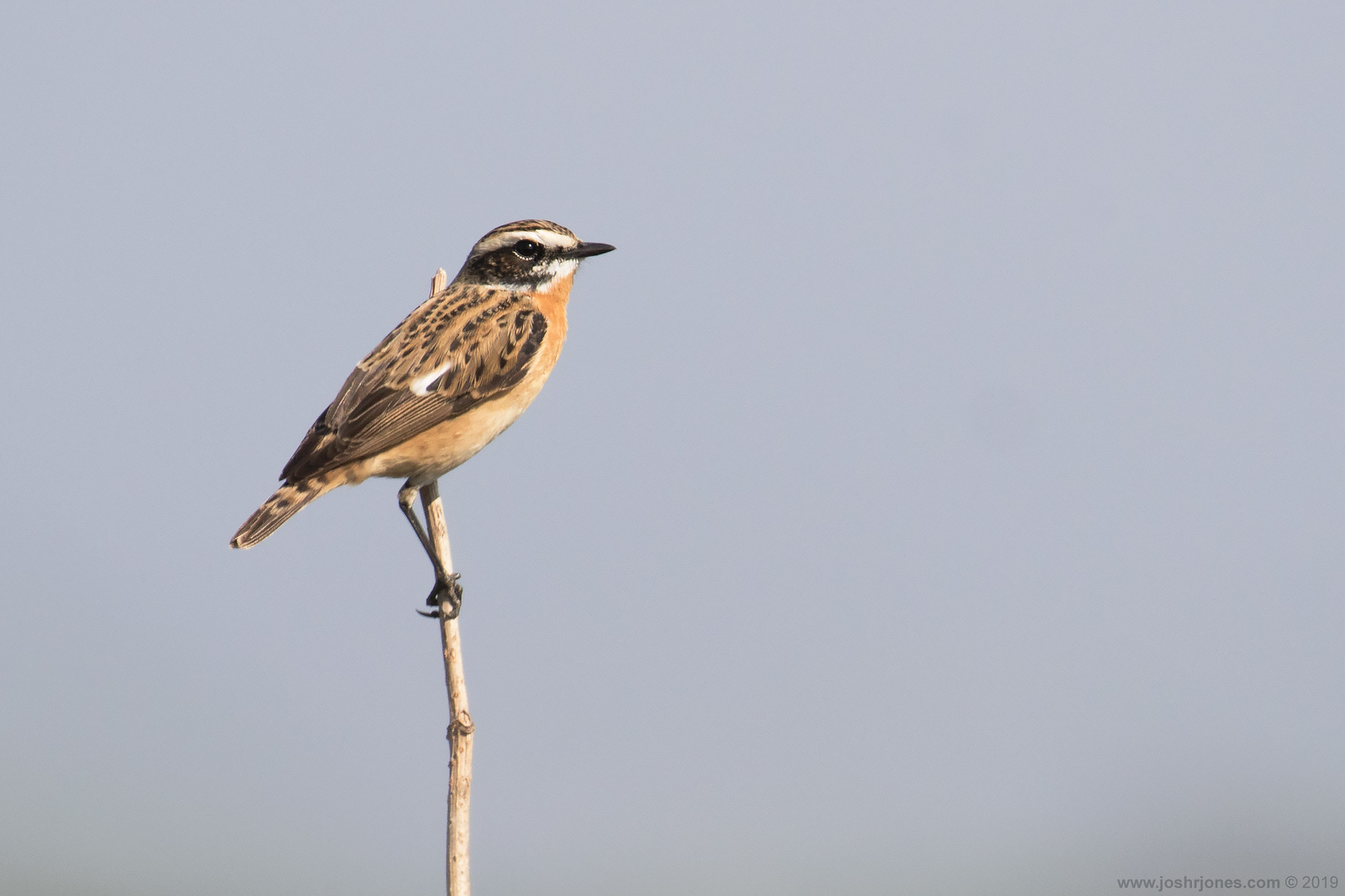
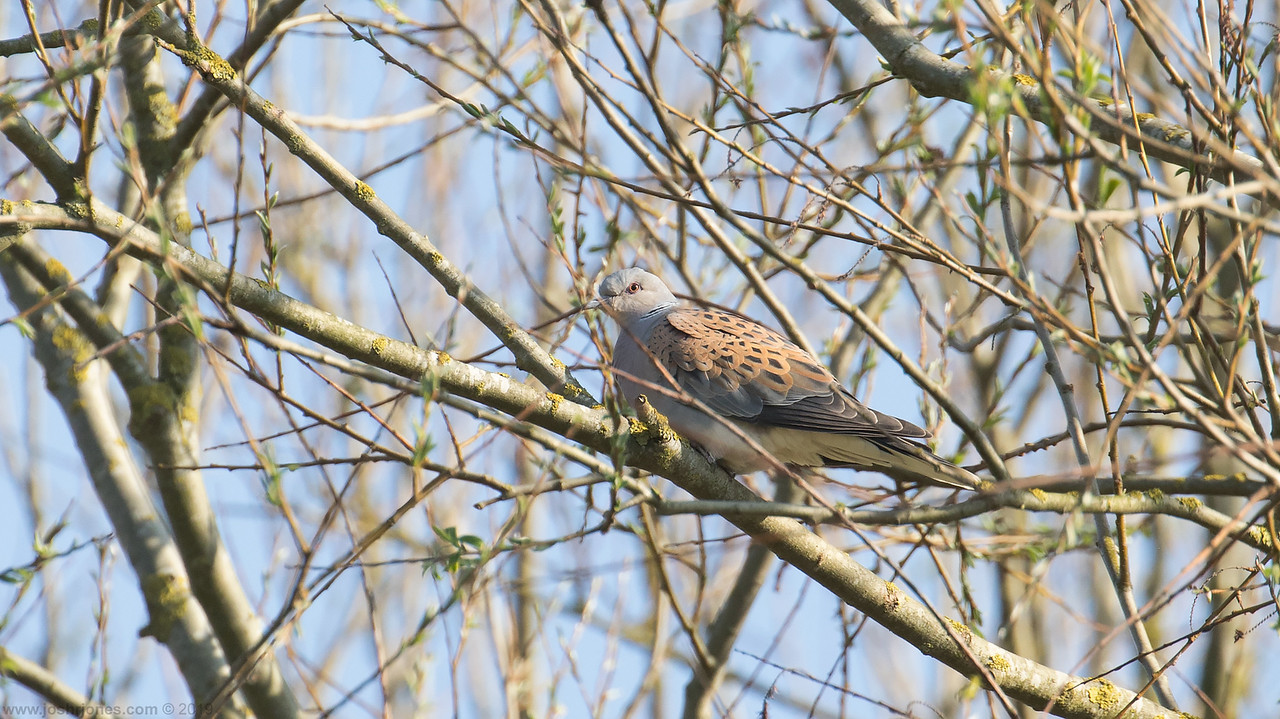
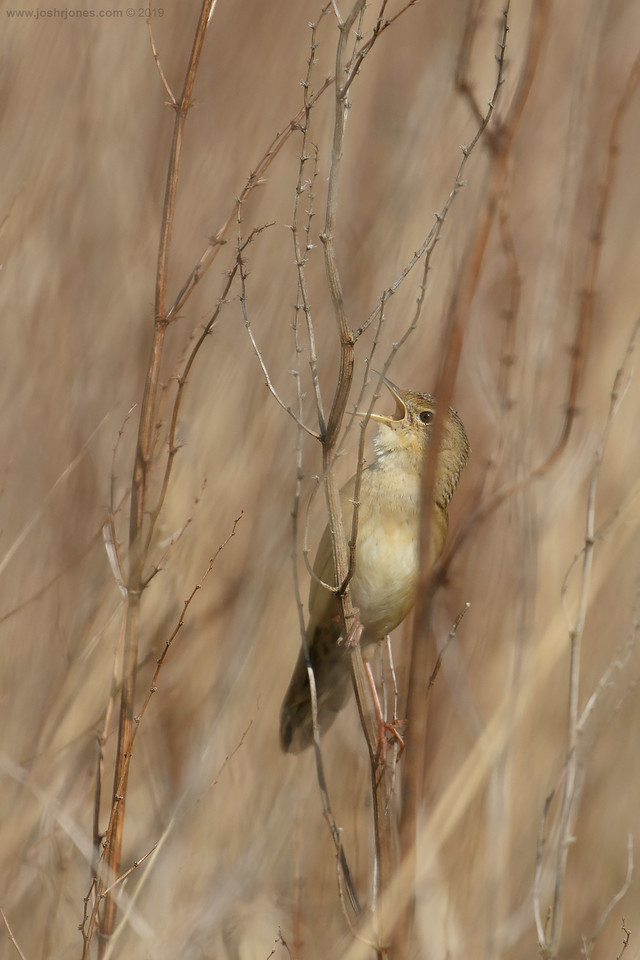
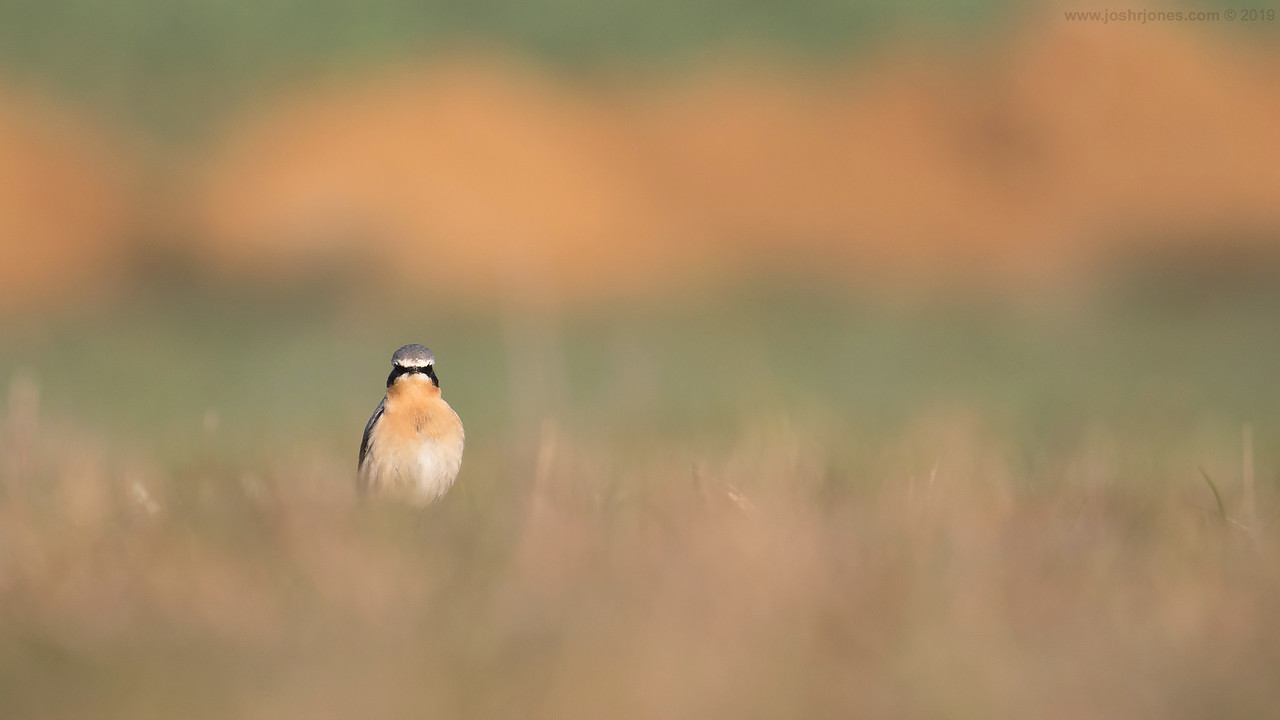
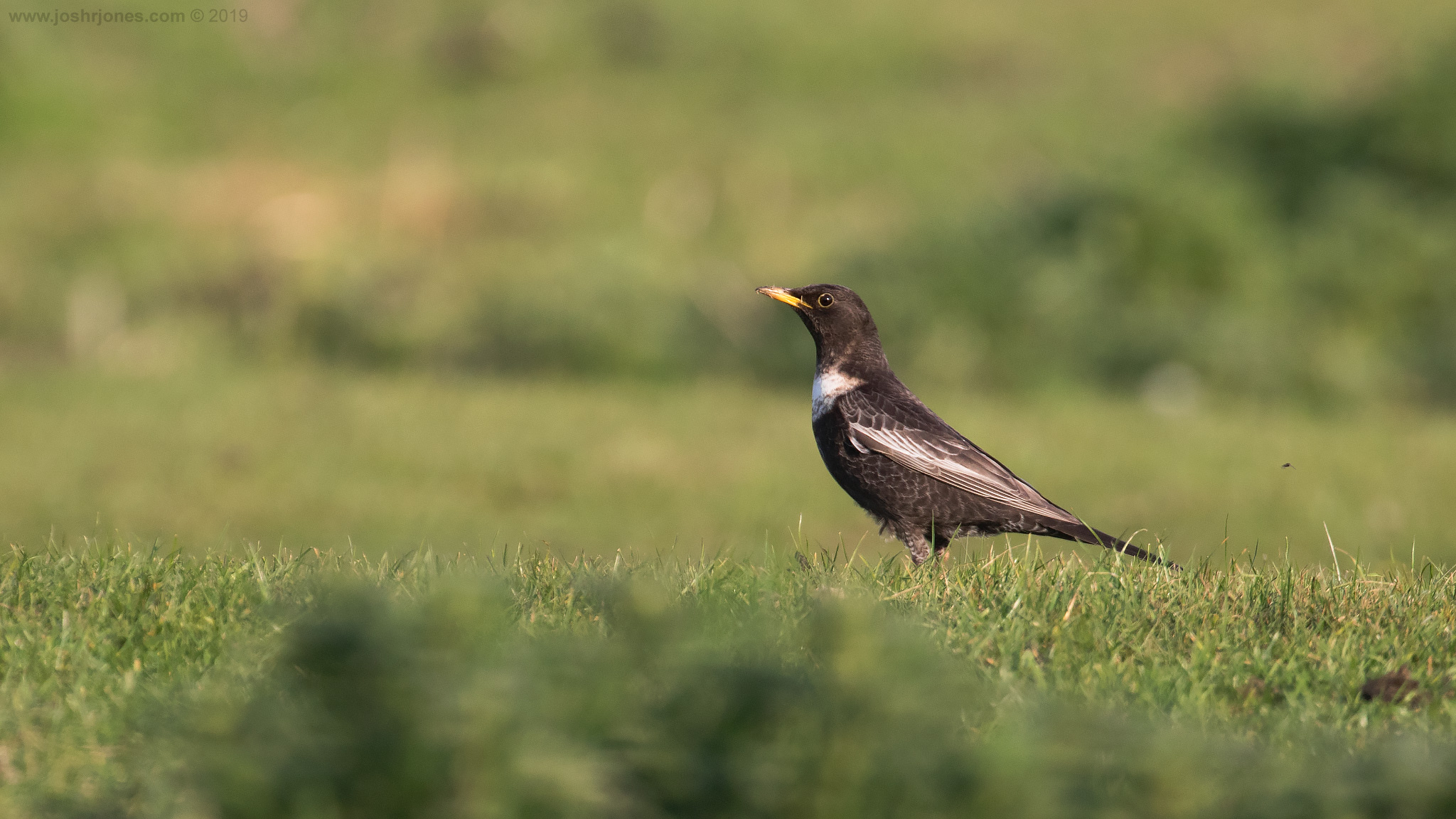
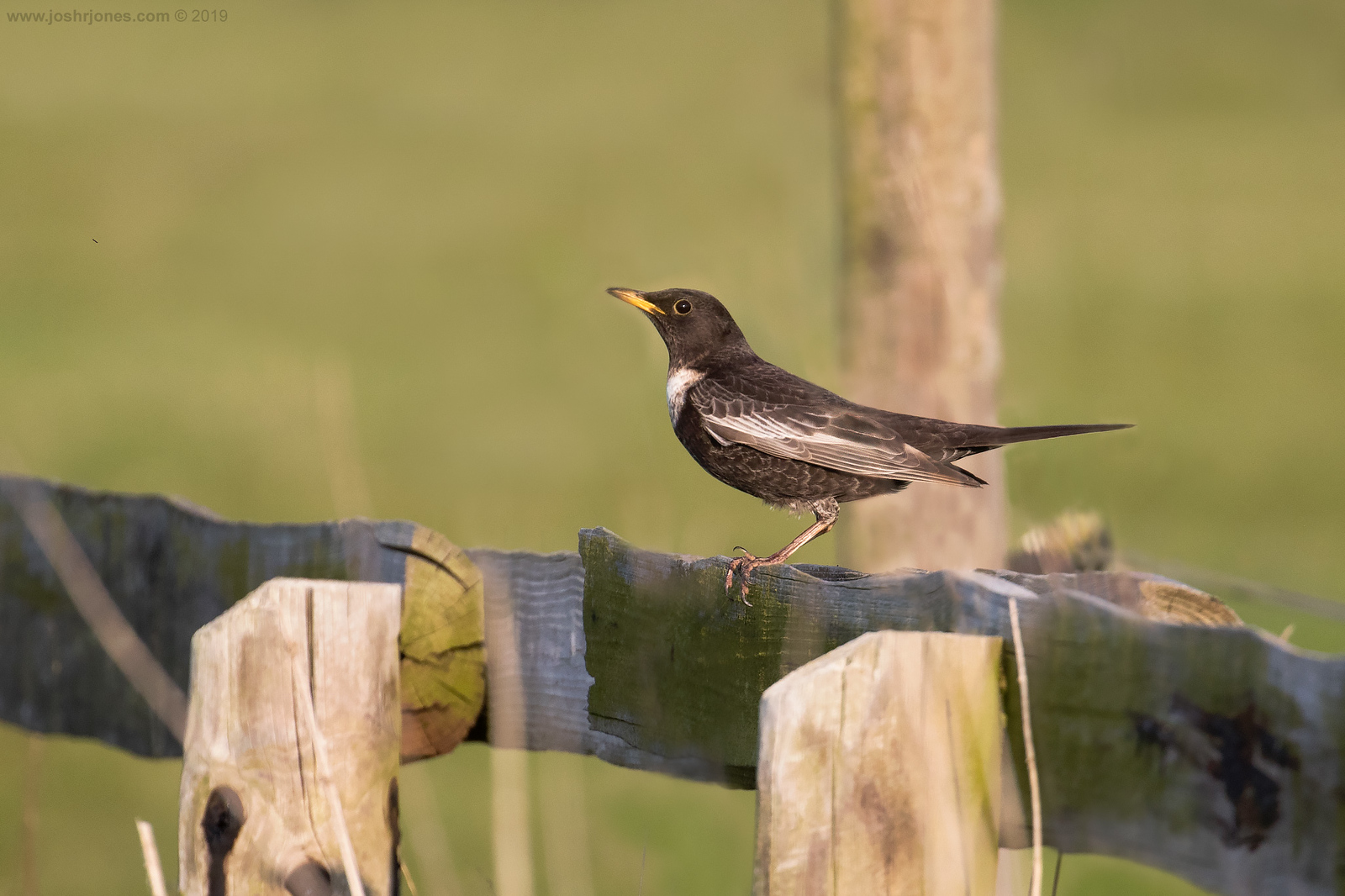

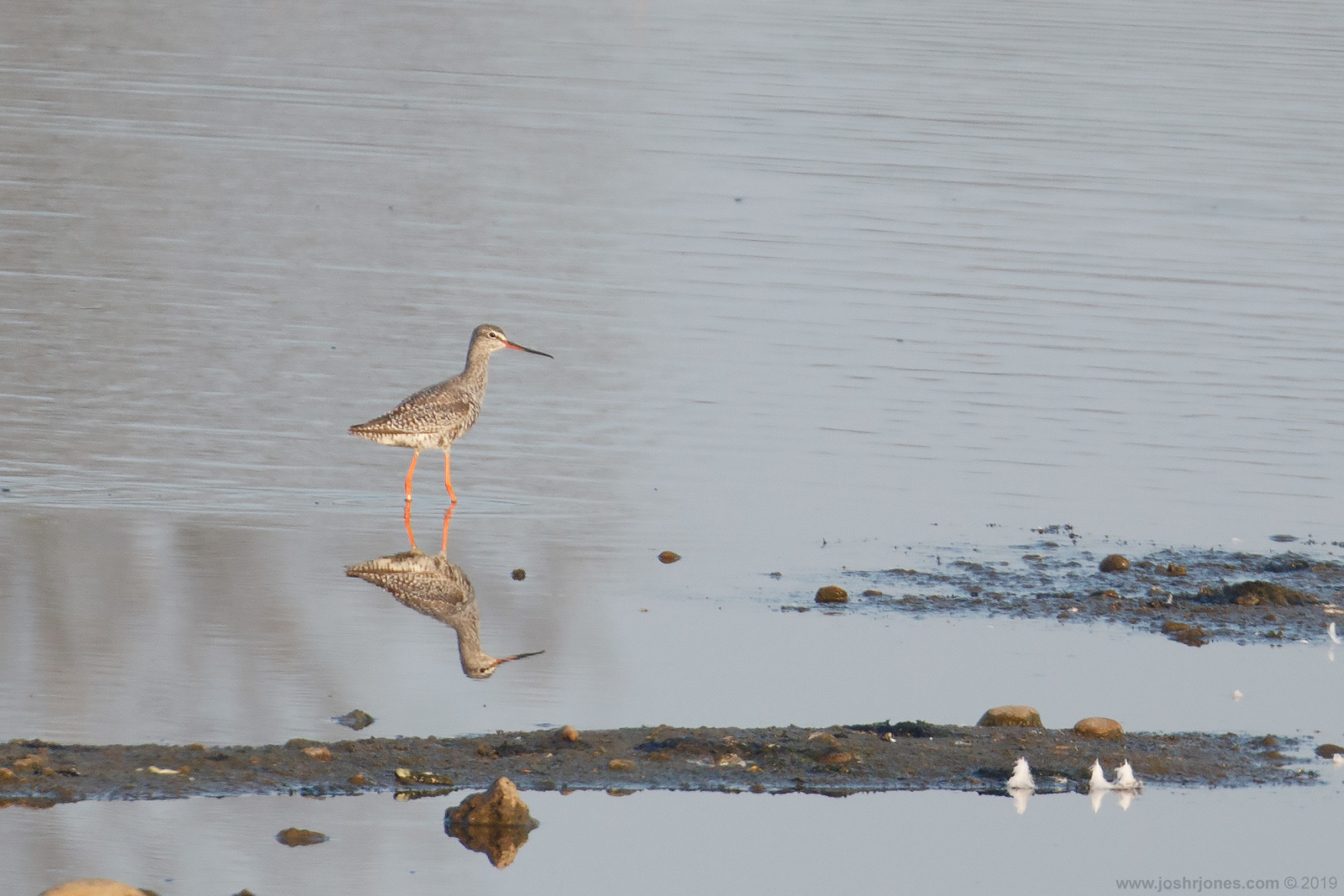
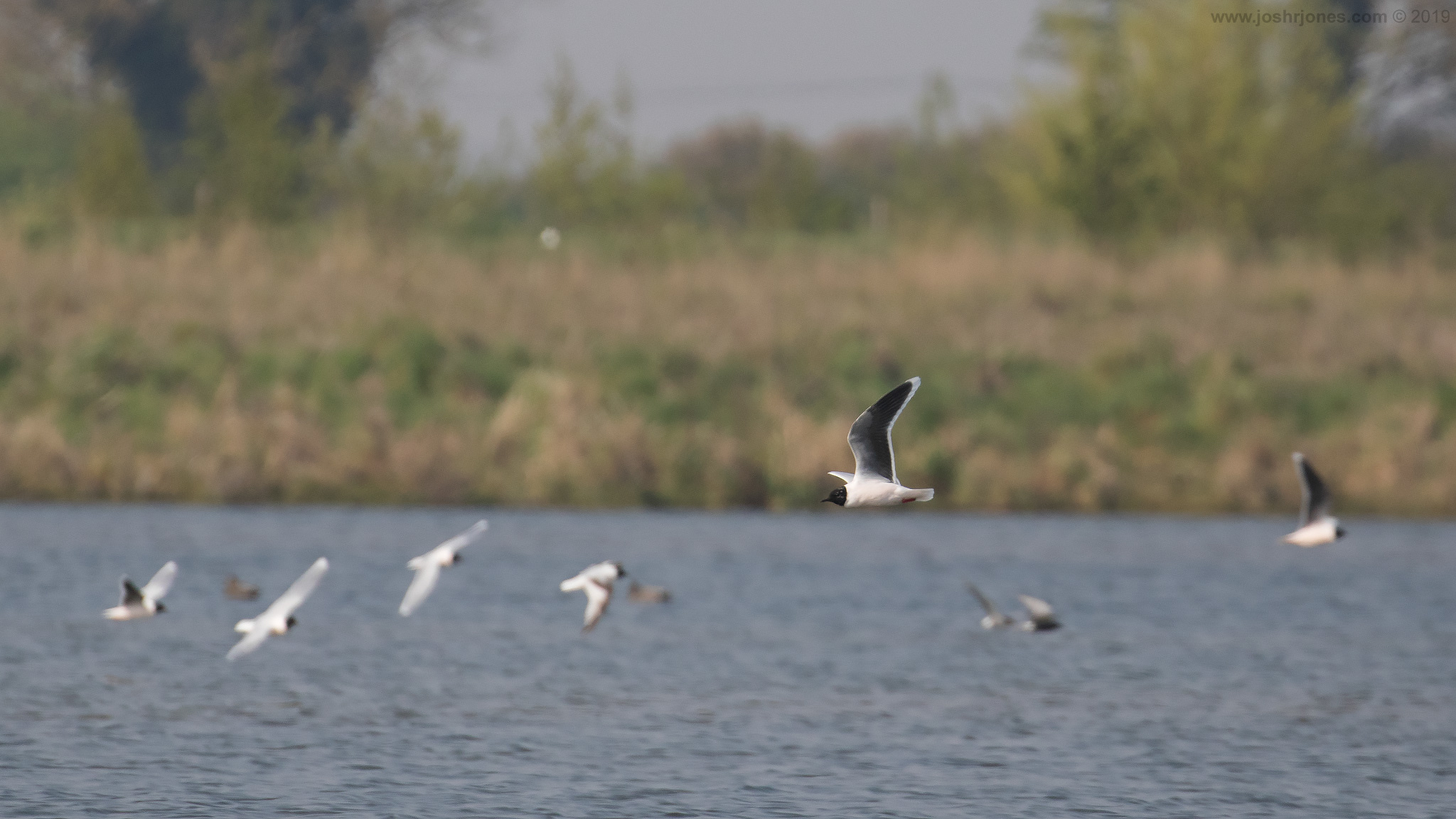
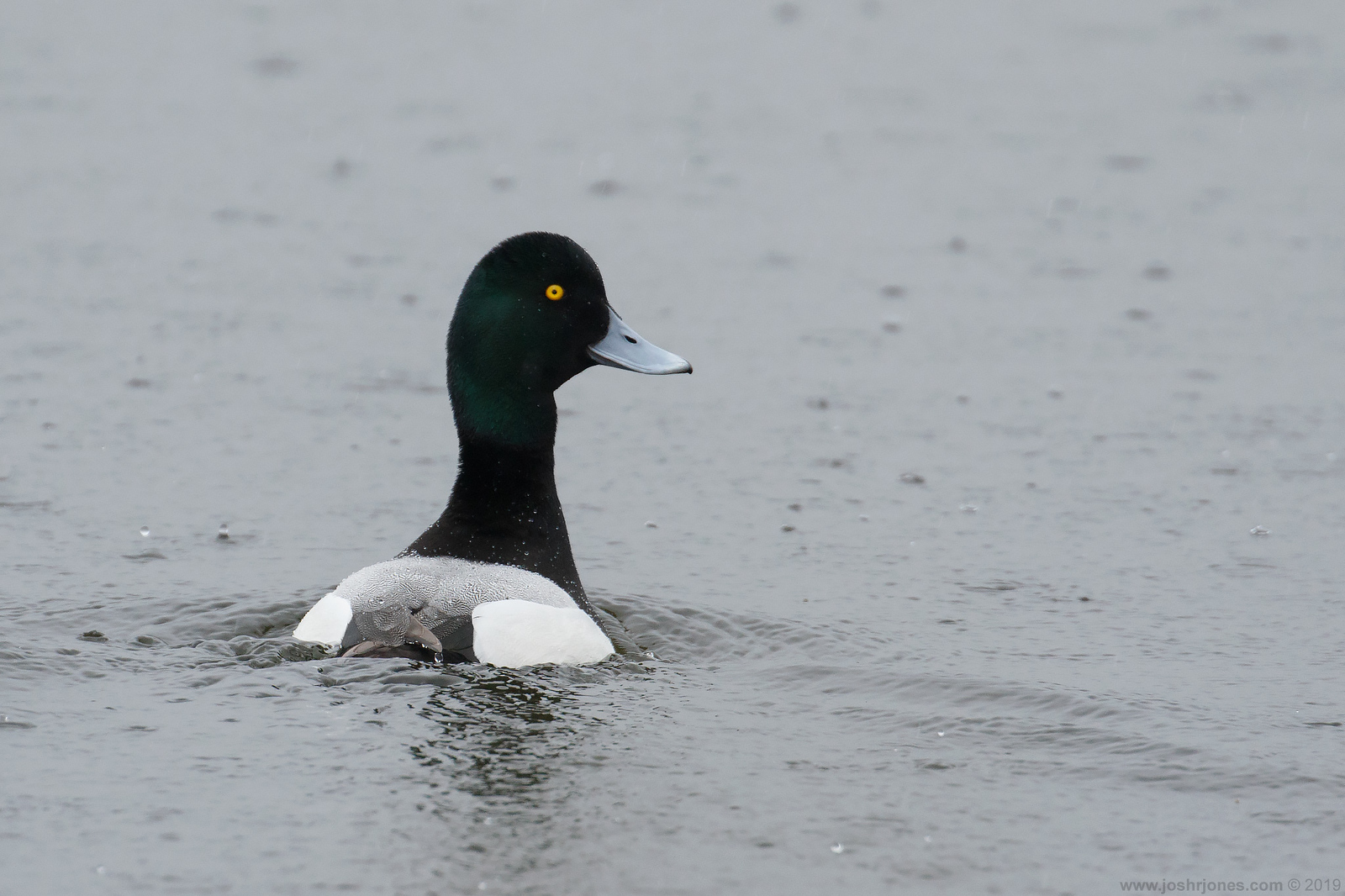
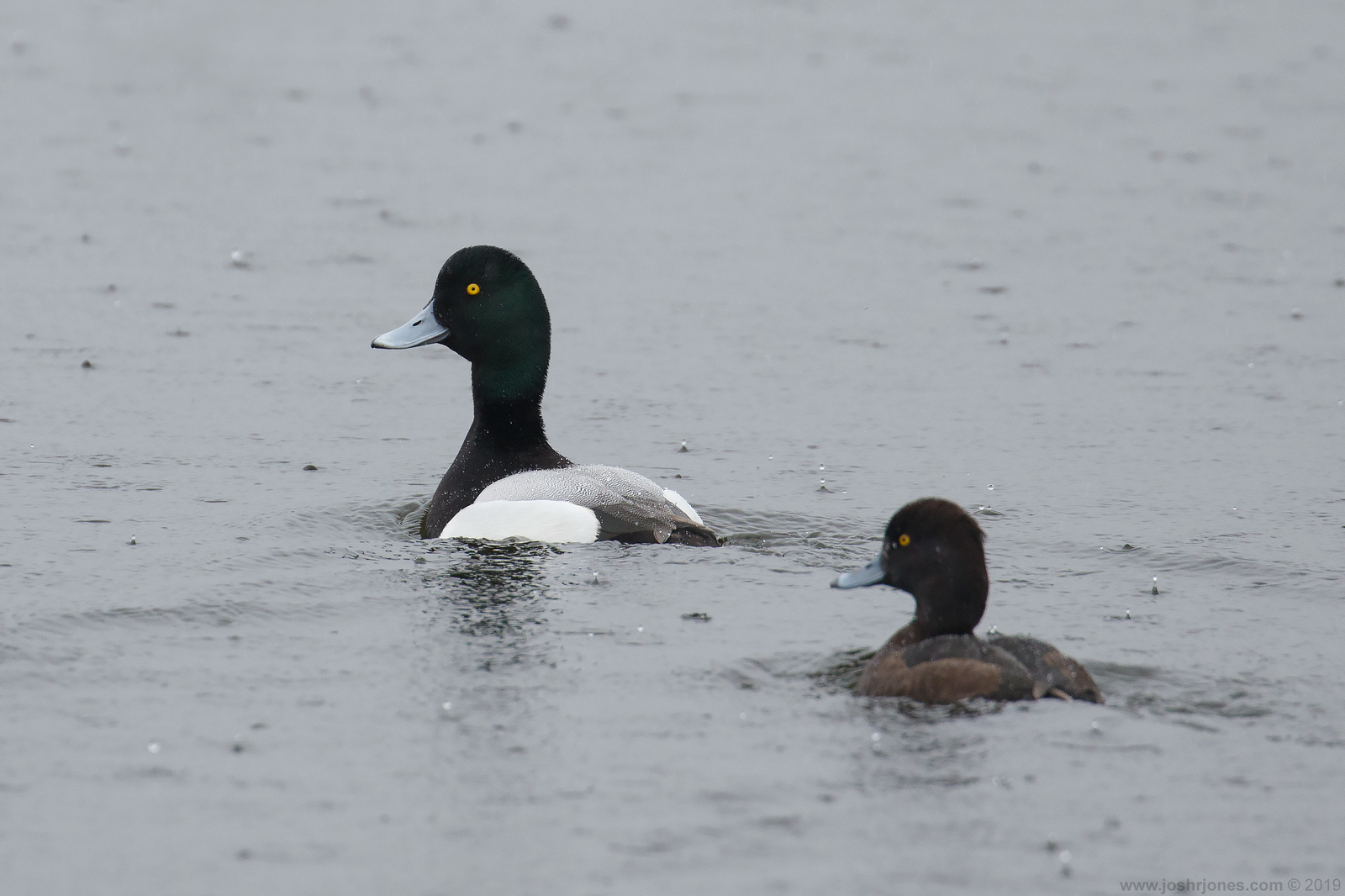
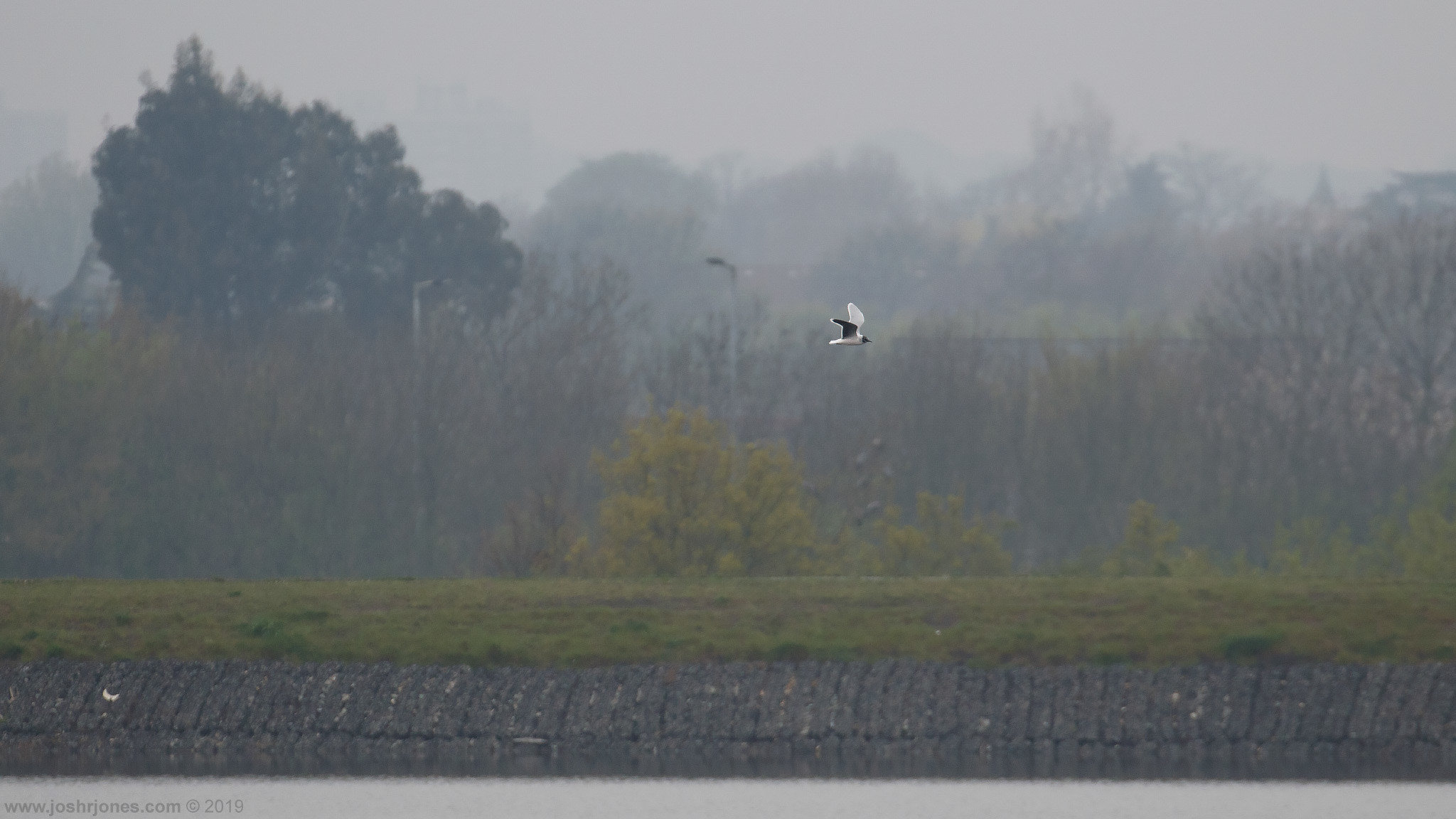
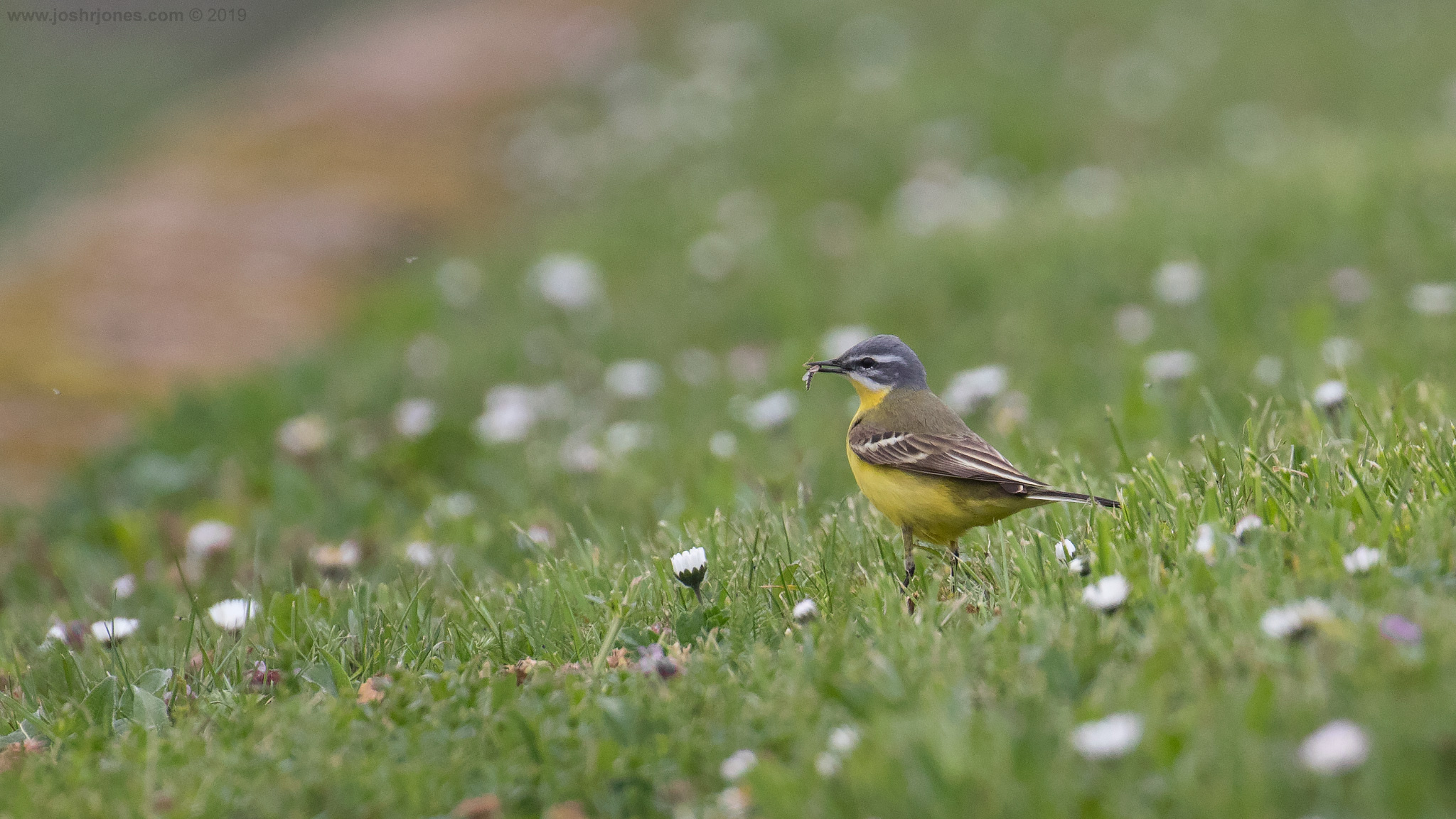
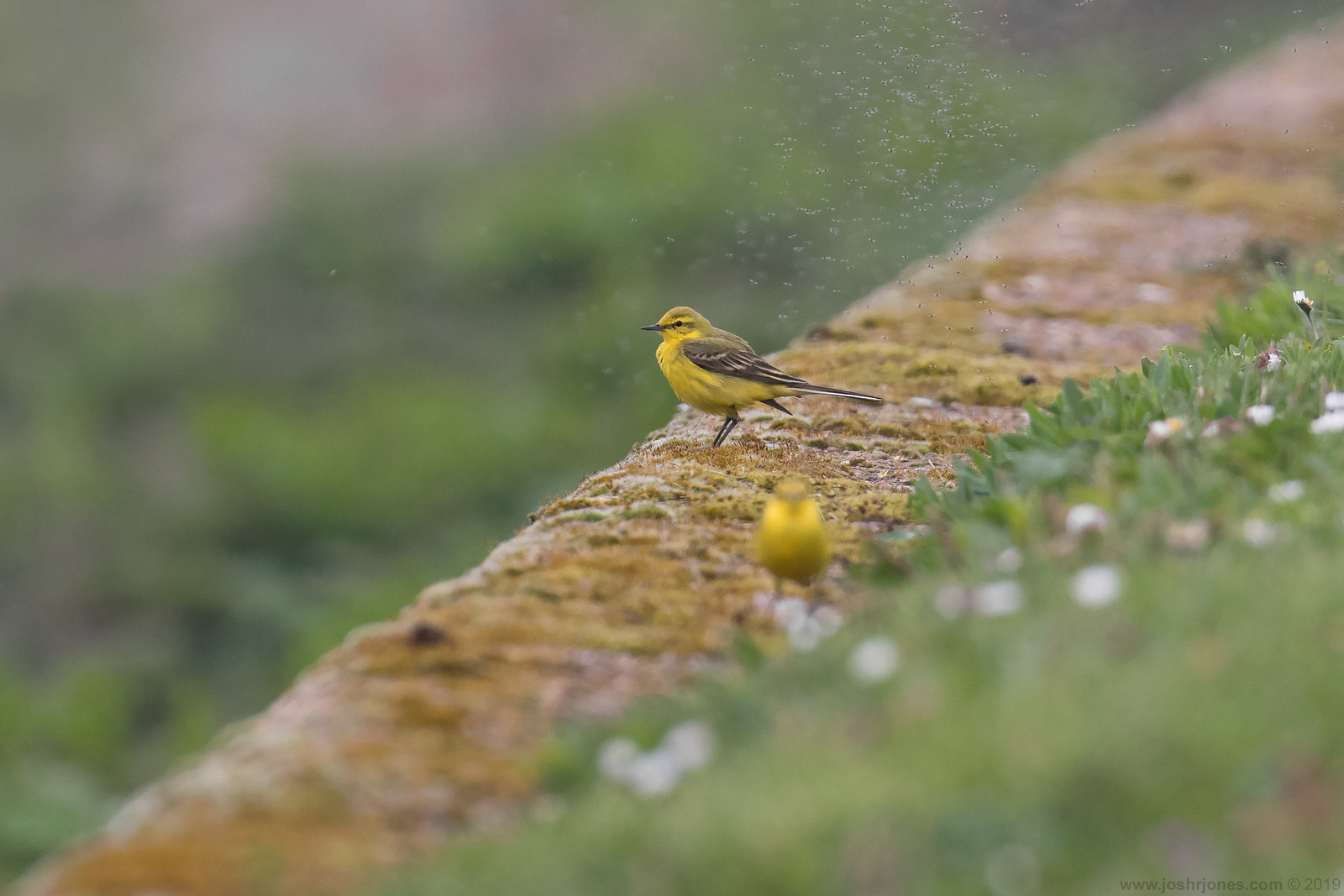
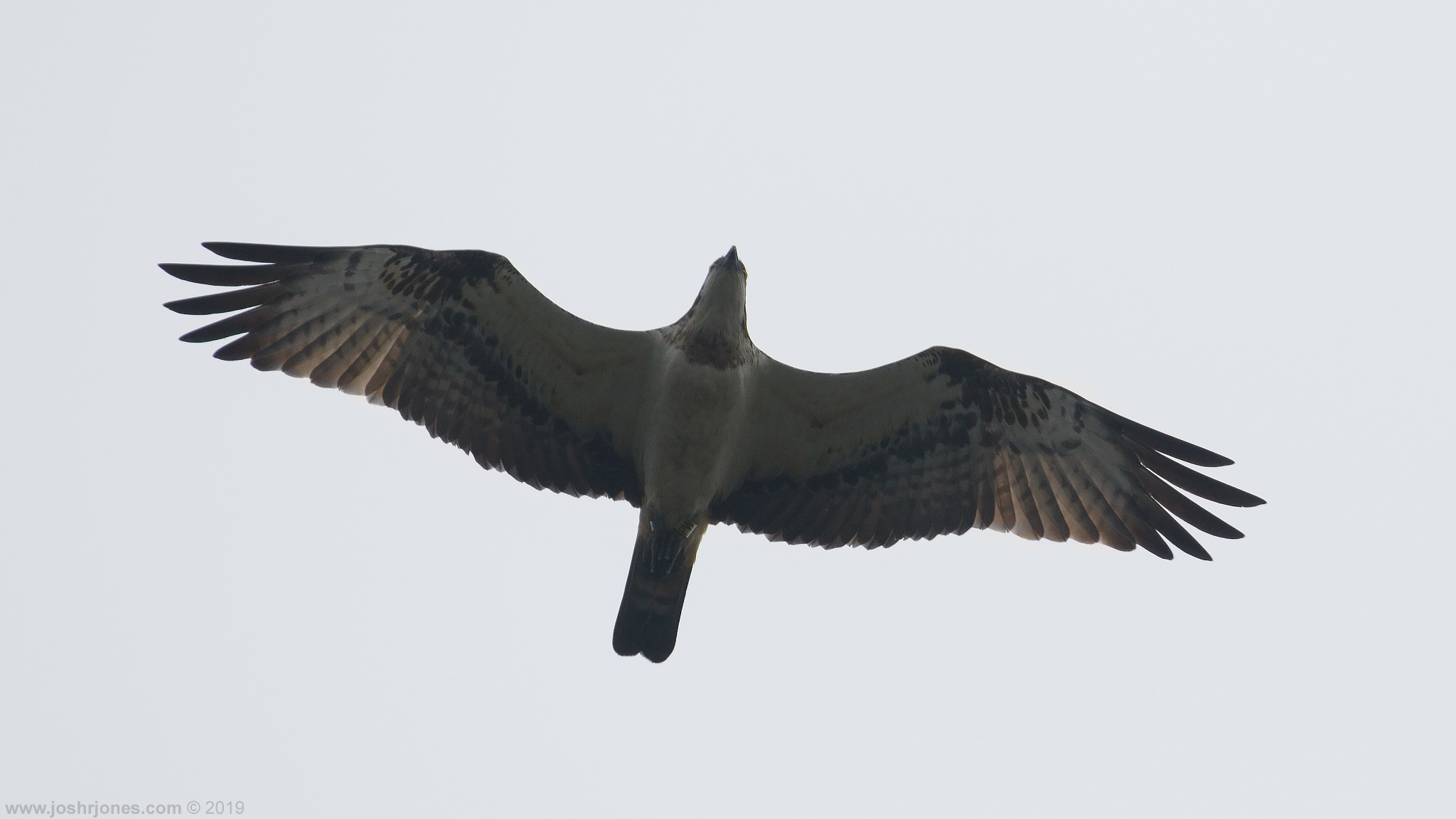
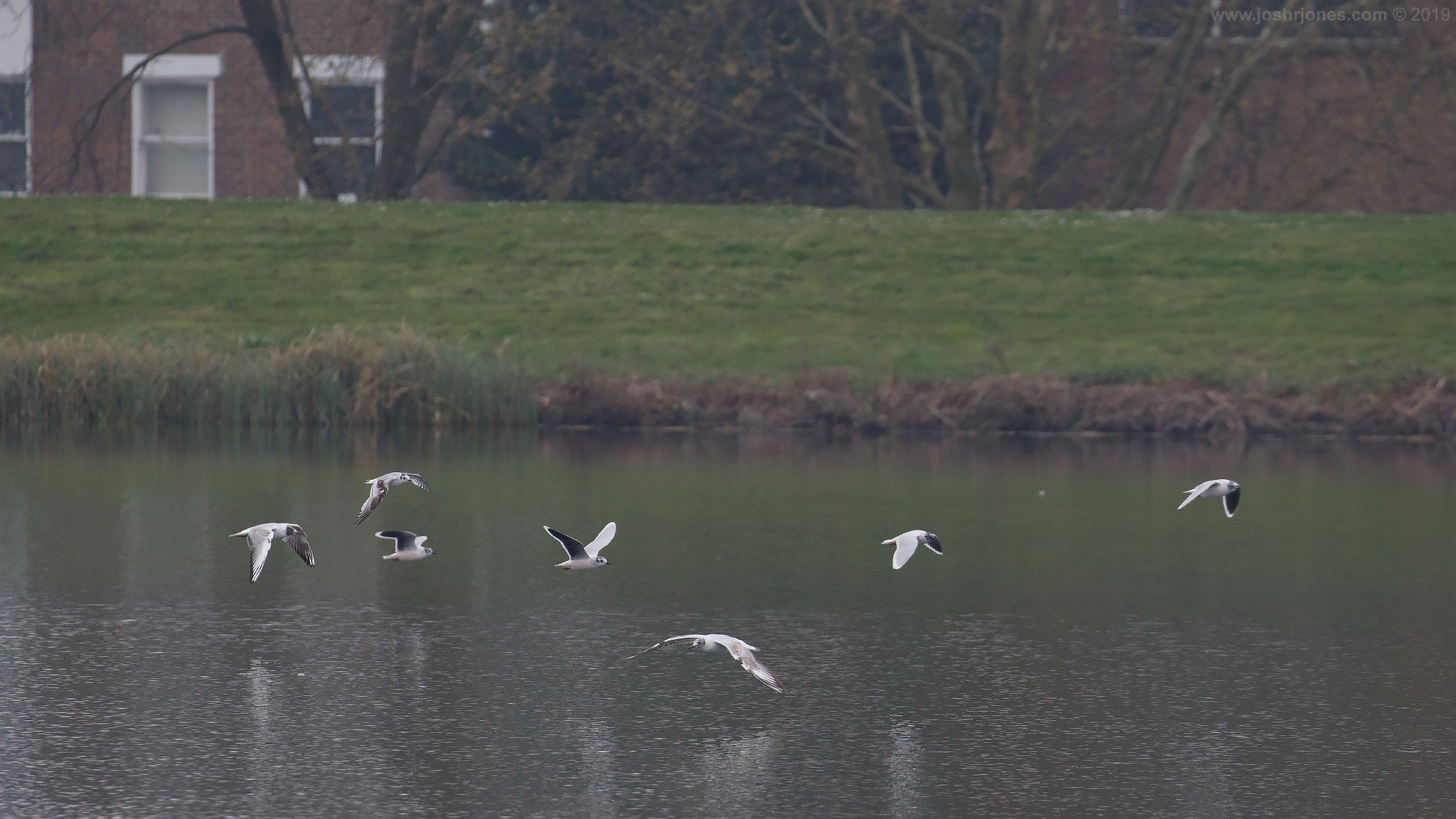
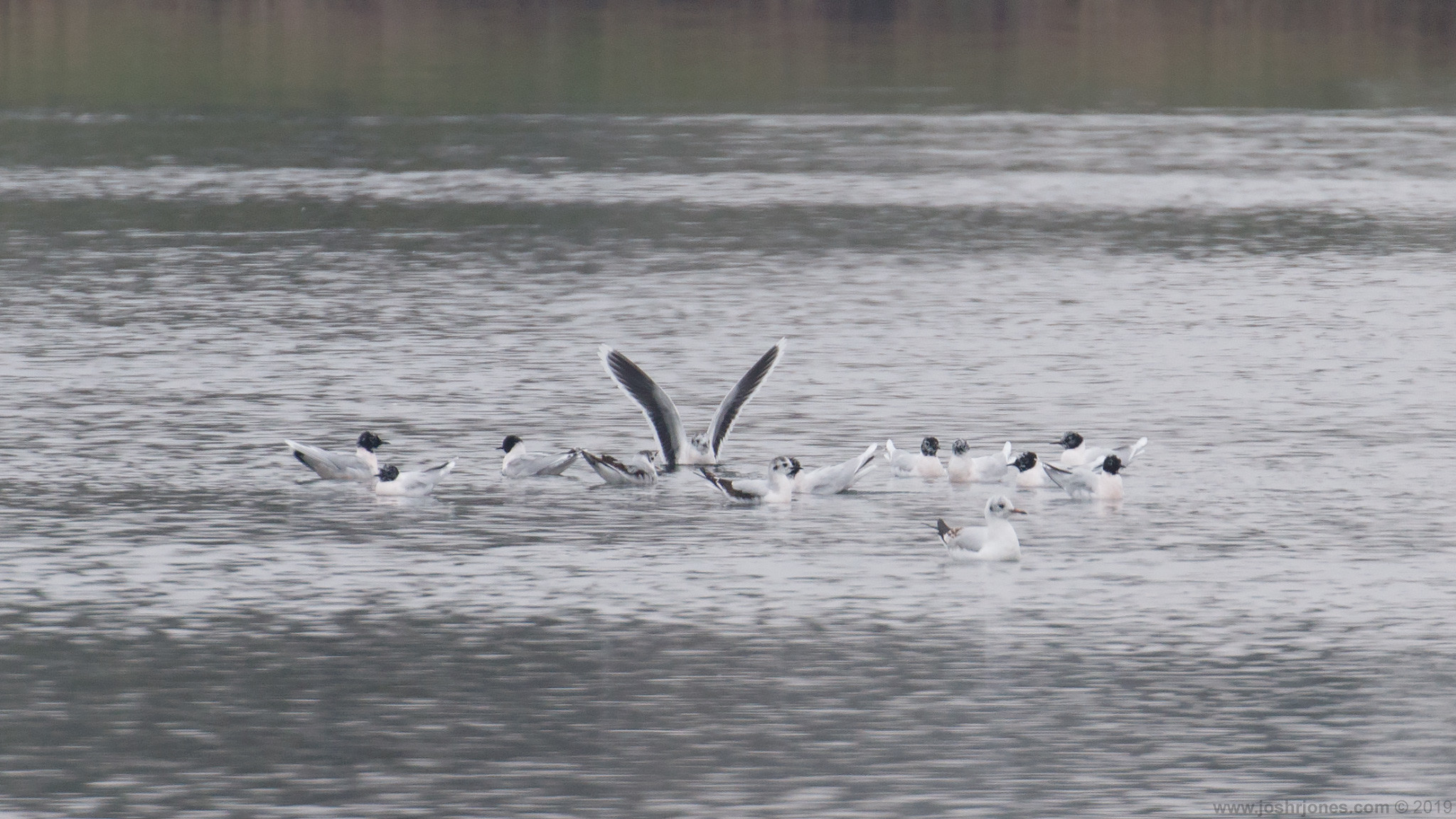
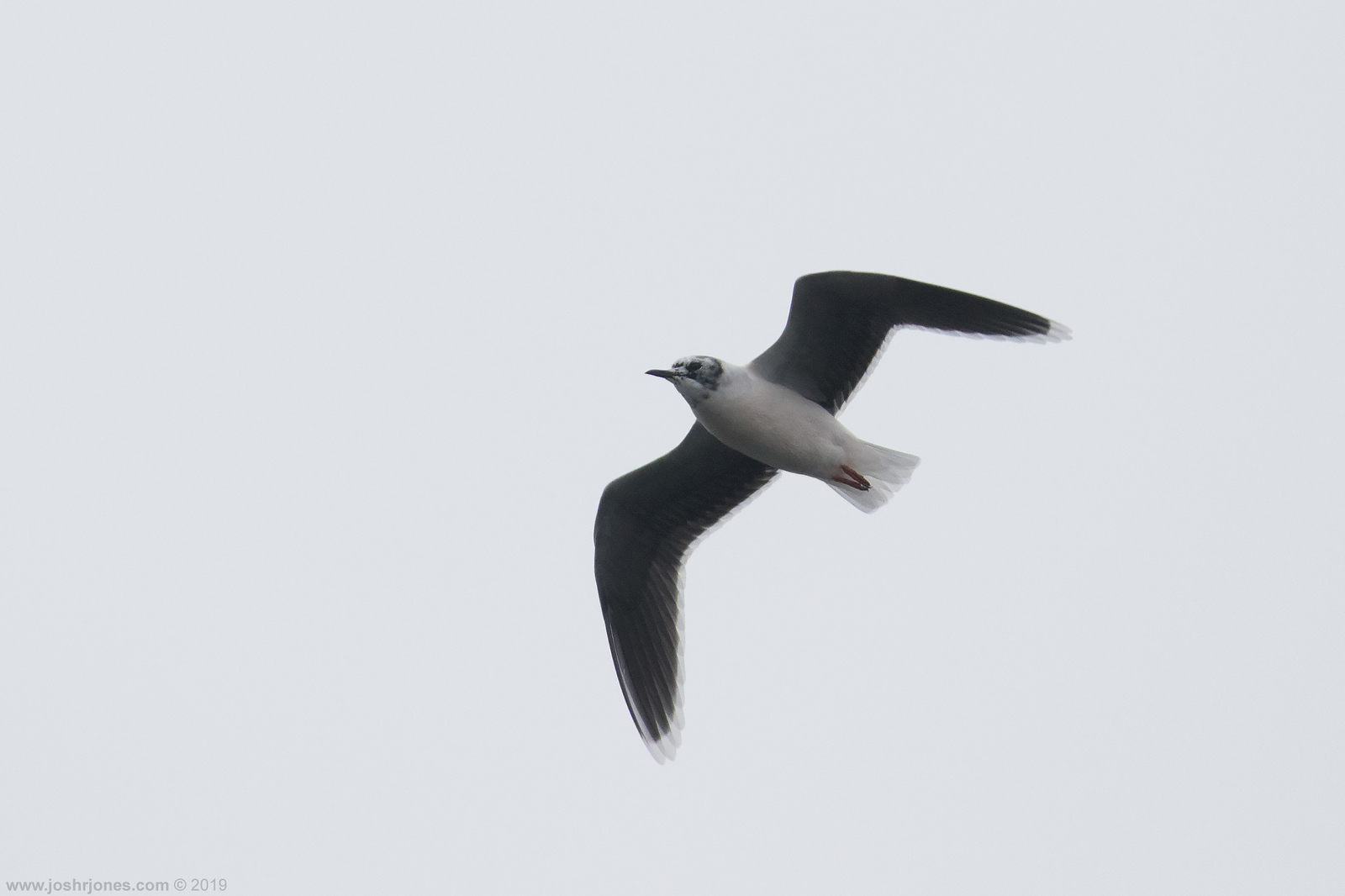
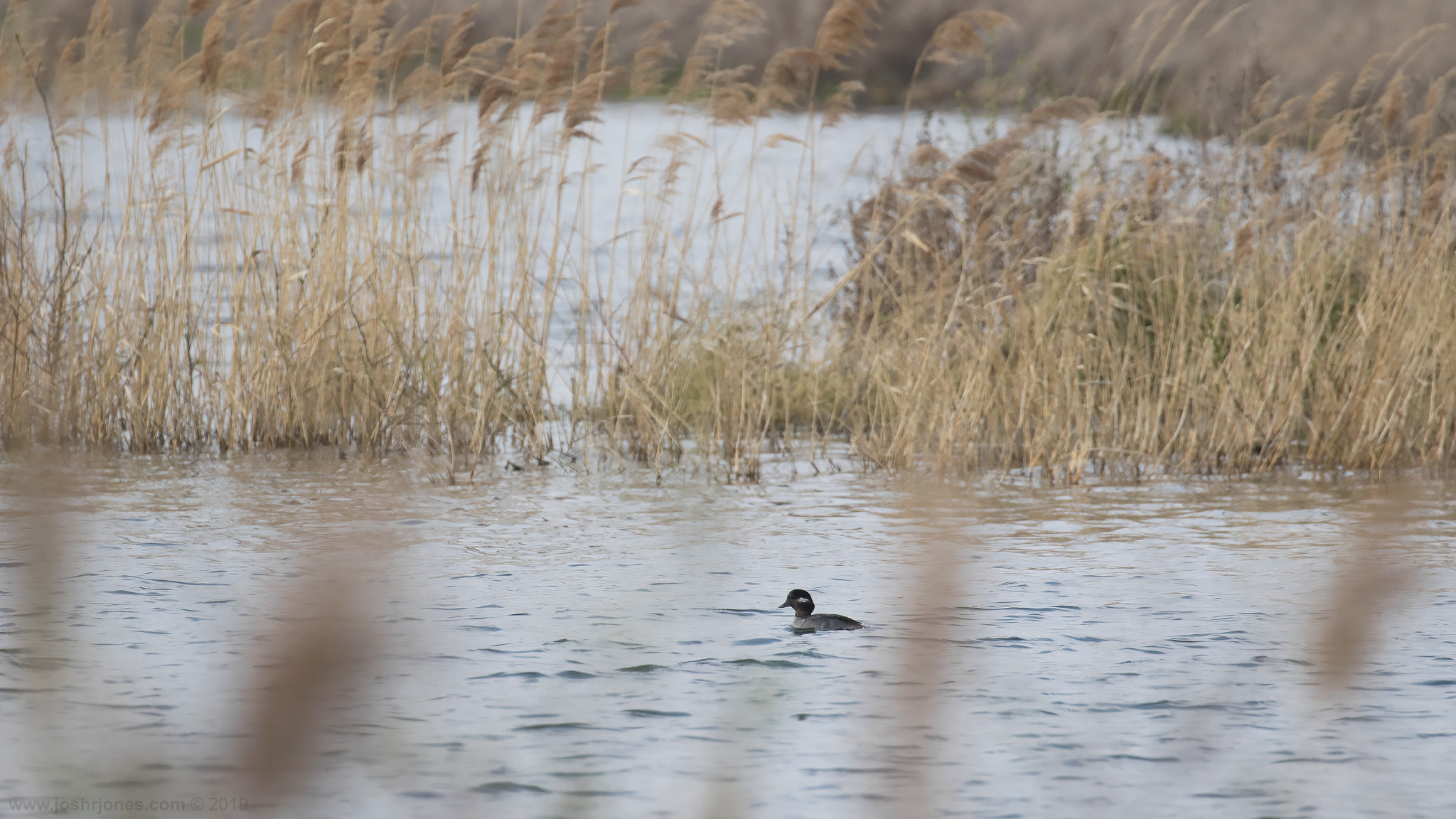
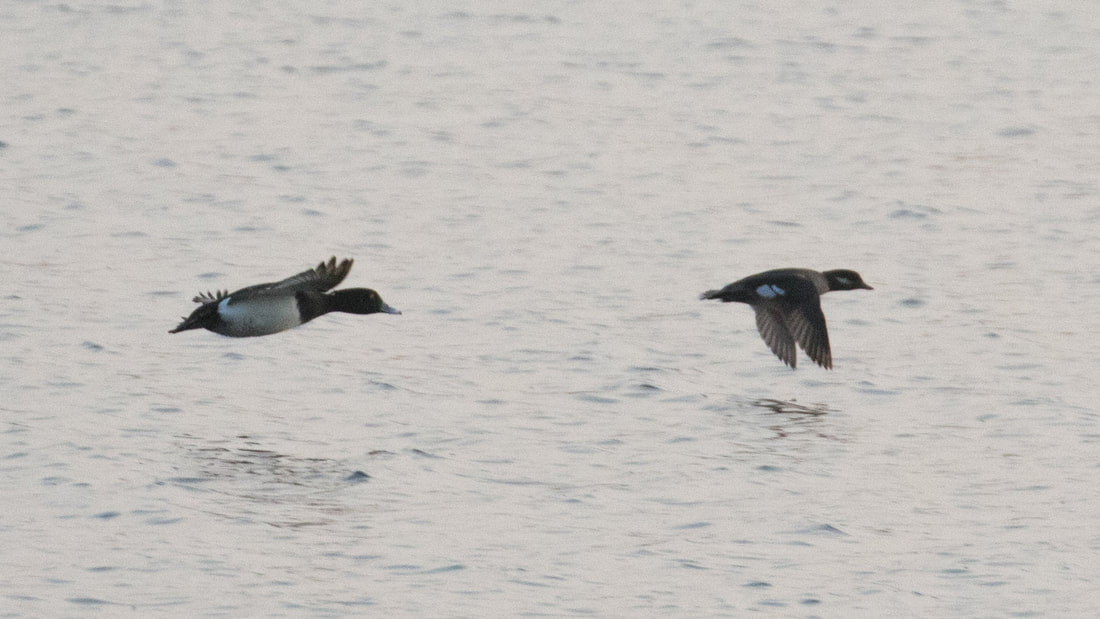
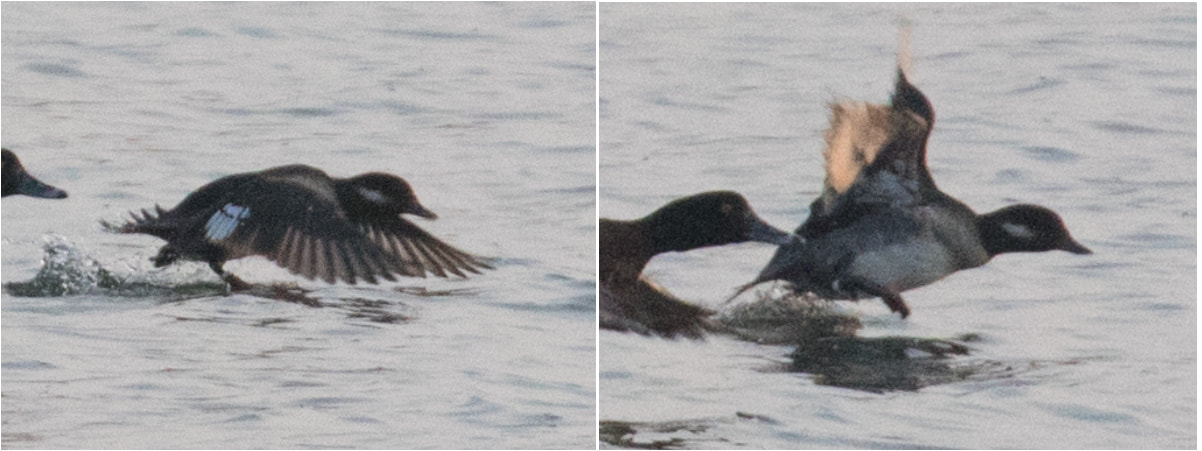
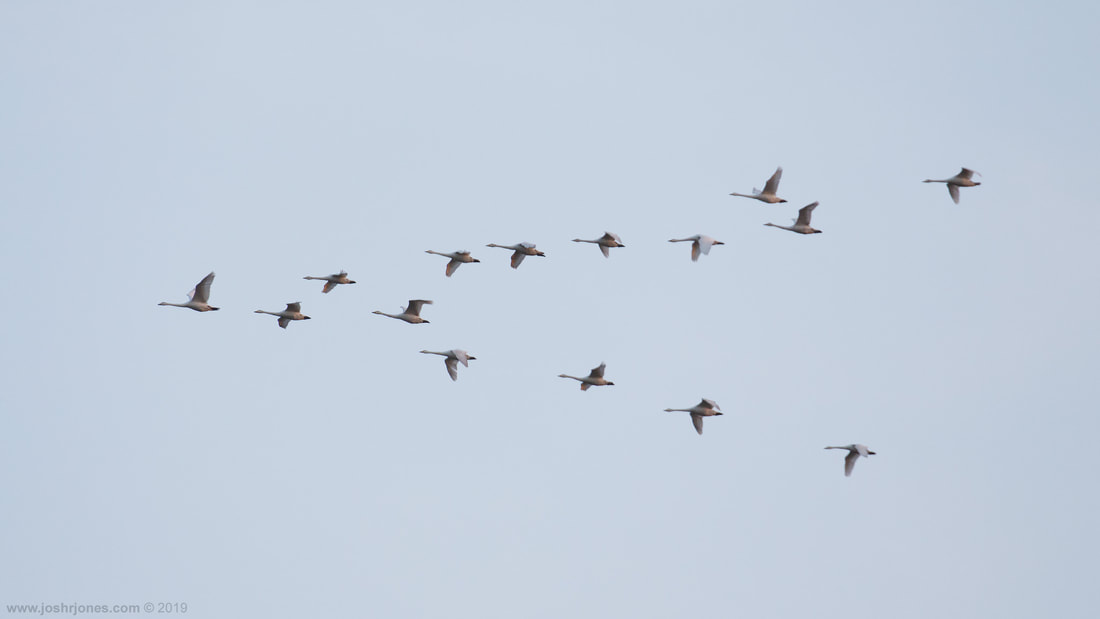
 RSS Feed
RSS Feed